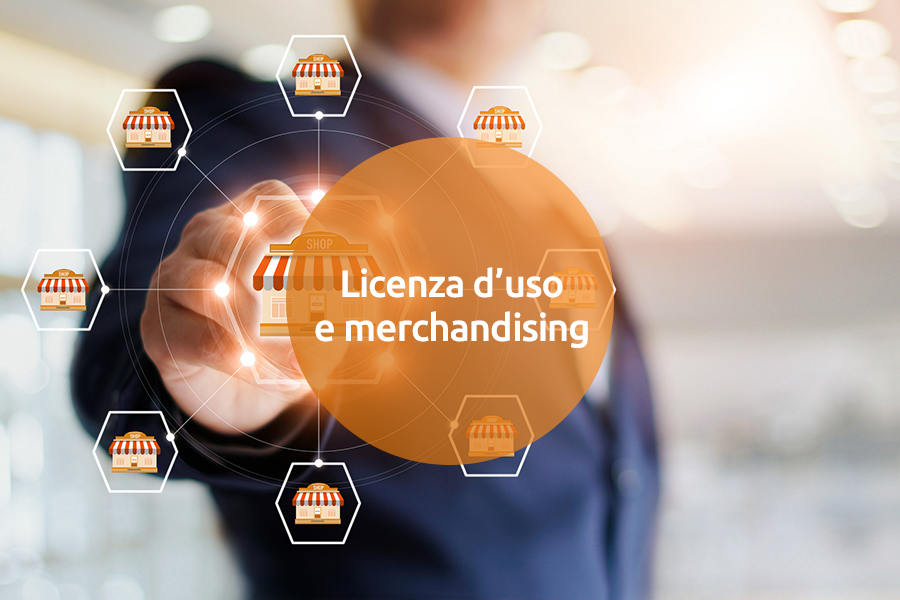A recently published decision by the Venice Court confirmed that the so-called "German formula" is the preferred method in Italy for calculating the reward to be paid by an employer for an invention created by an employee.
Background
Article 64 of the IP Code relates to inventions made by an employee and provides for three different scenarios:
-
If the employment contract contains provisions granting the employee an additional remuneration or bonus for developing patentable inventions, the patent belongs to the employer and no further payment is due to the employee.
-
If there are no such provisions and the employee invents something which lies both outside the employee's job description and within the employer's broader field of activity, the patent belongs to the employee. Under such circumstances the employee should offer to the employer the option of purchasing the patent at its fair market value.
-
If there are no provisions addressing inventions developed by the employee in the employment contract and the invention belongs to a field within the job description of the employee, the invention (or alternatively, the right to use the invention as a trade secret) belongs to the employer, but the employee has the right to what Article 64 refers to as an "equitable reward".
This article addresses how an “equitable reward” is determined under this third scenario. Article 64(2) defines the general principles for determining the amount of remuneration, stating that it shall be determined by taking into consideration:
-
The importance of the invention.
-
The tasks performed and the compensation received by the inventor.
-
The contribution that the inventor has received from the employer's organisation.
-
The IP Code does not provide detailed rules for applying the general principles defined by Article 64(2).
Thus, these general principles are open to interpretation. In the past, the vagueness of these principles allowed the use of various criteria, leading to non-uniform, non-objective – and in some cases, highly questionable - application.
Several Italian court decisions have previously applied the so-called “German formula” to determine the amount of an equitable reward, defining a jurisprudential trend which was confirmed by a 23rd April 2010 decision of the Venice Court, the full text of which has now been published.
German formula
In Germany, the reward for employees’ inventions is calculated using the formula: R = V x P. In this formula R stands for the reward to be paid, V stands for the value of the invention and P stands for a factor proportional to the employee’s contribution to the invention (expressed in percentage terms).
V can be assessed by:
- Analogy with royalties that would have to be paid for a licence between independent entities.
- Determining the real profit which the employer has realised by exploiting the invention.
- Estimation.
P is defined as the sum of three indexes, A, B and C, expressed as percentages. The sum [A + B + C] ranges between three and 20. A conversion table from [A + B + C] values to a P value is normally provided. P, which does not increase proportionally with the value of the sum [A + B + C], in theory ranges between 2% and 100%, but typically falls in a range between 10% and 25%.
In more detail:
-
A reflects the employee’s initiative in solving the technical problem relating to the invention and is given a value between one and six. One corresponds to a case in which the employer has contributed to the solution to the technical problem. At the opposite extreme, six corresponds to a case in which the employee has identified the technical problem alone, outside his or her contractual duty, and without assistance from the employer.
-
B reflects the employer organisation’s contribution to the solution of the problem and is also given a value between one and six. Three questions should be answered:
-
Was the solution reached by the employee with an effort typical for his/her job?
-
Was the solution reached based on knowledge inside the employer’s organisation?
-
Did the employer’s organisation provide equipment and technical assistance?
-
-
One corresponds to cases in which all three questions are answered in the affirmative; six corresponds to cases in which all three questions are answered in the negative.
-
C reflects the duty and position of the employee inside the employer’s organisation and is given a value from one to eight. The value is inversely proportional to the duty and position of the employee inside the organisation: one for a skilled R&D general director and, at the opposite extreme, eight for an employee without specific skills.
Decision
After several years without the Italian courts ruling on this issue, the Venice Court adopted the German formula to determine the equitable reward for employees’ inventions, thus confirming this jurisprudential trend. In its decision the court not only adopted the German formula, but also provided guidelines for the practical application of the formula.
The court stated that the invention value (V) of the German formula should be assessed using a royalties analogy rather than through methods relating to real profits or estimation. The court reasoned that the royalties method more closely approximated the importance of the invention, and for this reason was closer than other methods to the purpose of Article 64 of the IP Code regulating employees’ inventions.
The court further stated that royalties are a good parameter of an invention's importance and reflect its desirability on the market. The greater the importance of the invention, the higher the royalties payable by the market. On the contrary, the real profits method does not account for the invention's importance. In fact, the firm's profits do not depend solely on an invention's importance, but on many other factors, including the entrepreneur's capability and the firm's financial and economic resources.
For example, a firm might control a patent of great importance and at the same time may be unable to exploit it. The same applies to the estimation method, which is based on the revalued historical cost for obtaining the invention (eg, costs of R&D employees, costs of laboratory tests, general costs and equipment amortisation).
Given the limitations of the real profits and estimation methods, the court noted that it would be inappropriate to determine the value of the invention based on an average of the values determined using all the three methods.
Comment
The Venice Court's decision confirmed a jurisprudential trend in Italy for determining the equitable reward for employees through the use of the German formula. The guidelines offered by the decision are useful for applying this methodology.
A more widespread application of this formula in Italy would provide a higher degree of certainty in defining the amount of an equitable reward for employees’ inventions. At the same time, companies should increase their awareness of this issue, as cases concerning employees’ inventions are likely to increase.





